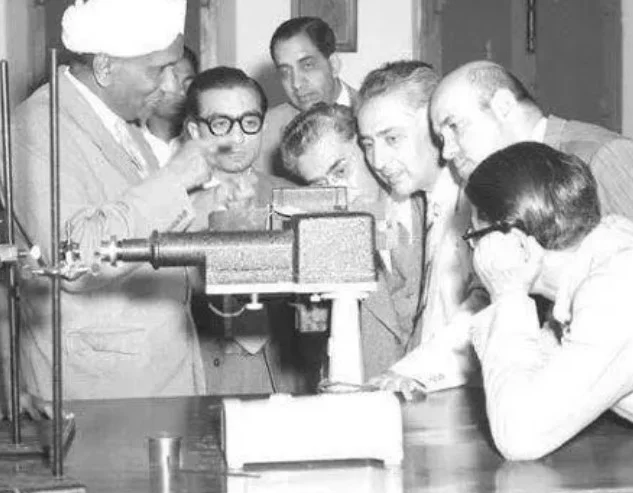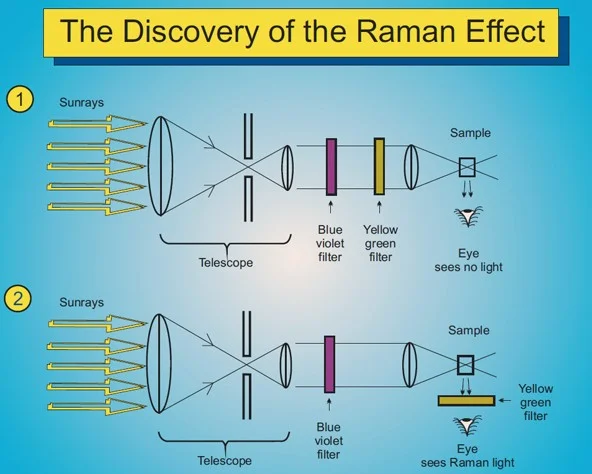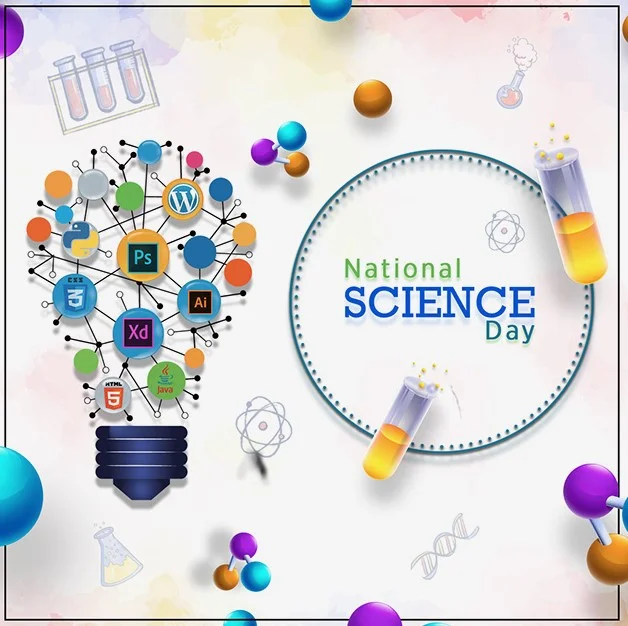National Science Day, commemorated on February 28th each year in India, marks the significant discovery made by Sir CV Raman, a luminary in the realm of science. This day is not merely a celebration of one man’s achievements, but a tribute to the spirit of scientific inquiry and innovation that drives progress worldwide.
Table of Contents
CV Raman: A Visionary Scientist

A Brief Overview
CV Raman, born Chandrasekhara Venkata Raman on November 7, 1888, in the city of Tiruchirapalli, Tamil Nadu, India, was a preeminent physicist whose groundbreaking work earned him international acclaim. After completing his education at Presidency College in Madras (now Chennai) and the University of Madras, Raman embarked on a prolific scientific career that would revolutionize our understanding of light and matter.
Contributions to Science

Raman’s research spanned various domains of physics, but his most notable contribution came in 1928 when he discovered what would later be known as the Raman Effect. This phenomenon, observed during experiments with light scattering, demonstrated that when monochromatic light passes through a transparent substance, some of the light changes wavelength and energy due to molecular interactions. This discovery not only confirmed the quantum nature of light but also opened new avenues for studying molecular structures and interactions.
Recognition and Awards given to Sir CV Raman

Raman’s discovery of the Raman Effect earned him the Nobel Prize in Physics in 1930, making him the first Asian and non-white person to receive this prestigious honor in science. Throughout his career, he received numerous other accolades, including the Bharat Ratna, India’s highest civilian award, and the Lenin Peace Prize.
The Raman Effect: Illuminating Scientific Inquiry

Understanding the Phenomenon
The Raman Effect has far-reaching implications across various scientific disciplines, including chemistry, biology, and materials science. By analyzing the changes in light wavelength and energy caused by molecular vibrations, researchers can gain insights into the composition, structure, and behavior of molecules. This has applications in fields such as spectroscopy, chemical analysis, and pharmaceutical research.
Practical Applications
The practical applications of the Raman Effect are diverse and impactful. It is used in Raman spectroscopy, a technique employed to identify and characterize materials based on their molecular fingerprint. From analyzing the composition of unknown substances to detecting trace amounts of pollutants in the environment, Raman spectroscopy has found wide-ranging applications in industry, healthcare, and forensic science.
Why is the sky blue? Let’s learn using Raman Effect

The sky’s blue color is actually not entirely due to the Raman effect, but rather a phenomenon called Rayleigh scattering. However, the Raman effect does play a minor role in scattering sunlight, contributing to a very small portion of the observed sky color.
Here’s a breakdown of both effects:
Rayleigh scattering: This is the main reason the sky appears blue.It occurs when sunlight, which contains a spectrum of colors, interacts with the tiny molecules in Earth’s atmosphere (mainly nitrogen and oxygen). Shorter wavelengths of light, like blue and violet, are scattered more effectively than longer wavelengths like red and orange. This scattered blue light reaches our eyes from all directions in the sky, making it appear blue.
Raman effect:This is a different kind of light scattering process. When light interacts with a molecule, the molecule can absorb some energy and then re-emit it at a slightly different wavelength and direction. In the case of the sky, some sunlight is scattered by the Raman effect, but the contribution to the overall sky color is much smaller compared to Rayleigh scattering. Additionally, the Raman effect affects all colors of light, not just blue, so its contribution to the sky’s color is less specific. Therefore, while the Raman effect plays a small part in scattering sunlight, the primary reason the sky appears blue is due to Rayleigh scattering of blue light in the atmosphere.
Commemorating National Science Day

Significance of the Date
National Science Day is observed on February 28th each year to mark the anniversary of CV Raman’s discovery of the Raman Effect in 1928. This date was chosen to honor Raman’s scientific legacy and to inspire future generations to pursue excellence in scientific inquiry.
Celebratory Events and Activities
On National Science Day, educational institutions, research organizations, and scientific communities across India organize various events and activities to promote scientific awareness and curiosity. These may include science fairs, lectures, exhibitions, and hands-on experiments aimed at engaging students and the public in the wonders of science.
Embracing the Spirit of Inquiry

As we celebrate National Science Day in 2024, let us reflect on the remarkable contributions of CV Raman and the enduring legacy of the Raman Effect. From its humble beginnings in a laboratory in India to its widespread applications in science and technology worldwide, the Raman Effect stands as a testament to the power of human curiosity and ingenuity. As we look to the future, let us continue to embrace the spirit of inquiry, pushing the boundaries of knowledge and unlocking new discoveries that will shape our world for generations to come.
Themes of National Science Day
The theme of the year 1999 was “Our Changing Earth”.
The theme of the year 2000 was “Recreating Interest in Basic Science”.
The theme of the year 2001 was “Information Technology for Science Education”.
The theme of the year 2002 was “Wealth From Waste”.
The theme of the year 2003 was “50 years of DNA & 25 years of IVF – The Blue print of Life”.
The theme of the year 2004 was “Encouraging Scientific Awareness in Community”.
The theme of the year 2005 was “Celebrating Physics”.
The theme of the year 2006 was “Nurture Nature for our future”.
The theme of the year 2007 was “More Crop Per Drop”.
The theme of the year 2008 was “Understanding the Planet Earth”.
The theme of the year 2009 was “Expanding Horizons of Science”.
The theme of the year 2010 was “Gender Equity, Science & Technology for Sustainable Development”.
The theme of the year 2011 was “Chemistry in Daily Life”.
The theme of the year 2012 was “Clean Energy Options and Nuclear Safety”.
The theme of the year 2013 was “Genetically Modified Crops and Food Security”.
The theme of the year 2014 was “Fostering Scientific Temper”.
The theme of the year 2015 was “Science for Nation Building”.
The theme of the year 2016 was on “Scientific Issues for Development of the Nation”.
The theme of the year 2017 was “Science and Technology for Specially Abled Persons”
The theme of the year 2018 was “Science and Technology for a sustainable future.”
The theme of the year 2019 was “Science for the People, and the People for Science”
The theme of the year 2020 was “Women in Science.”
The theme of the year 2021 was ‘Future of STI: Impact on Education Skills and Work’.
The theme for NSD of the year 2022 is ‘Integrated Approach in S&T for Sustainable Future’.
The theme for National science Day celebrated on 28 February 2023 is “Global Science for Global Wellbeing”.
National Science Day 2024’s theme is ‘Indigenous Technologies for Viksit Bharat’.












